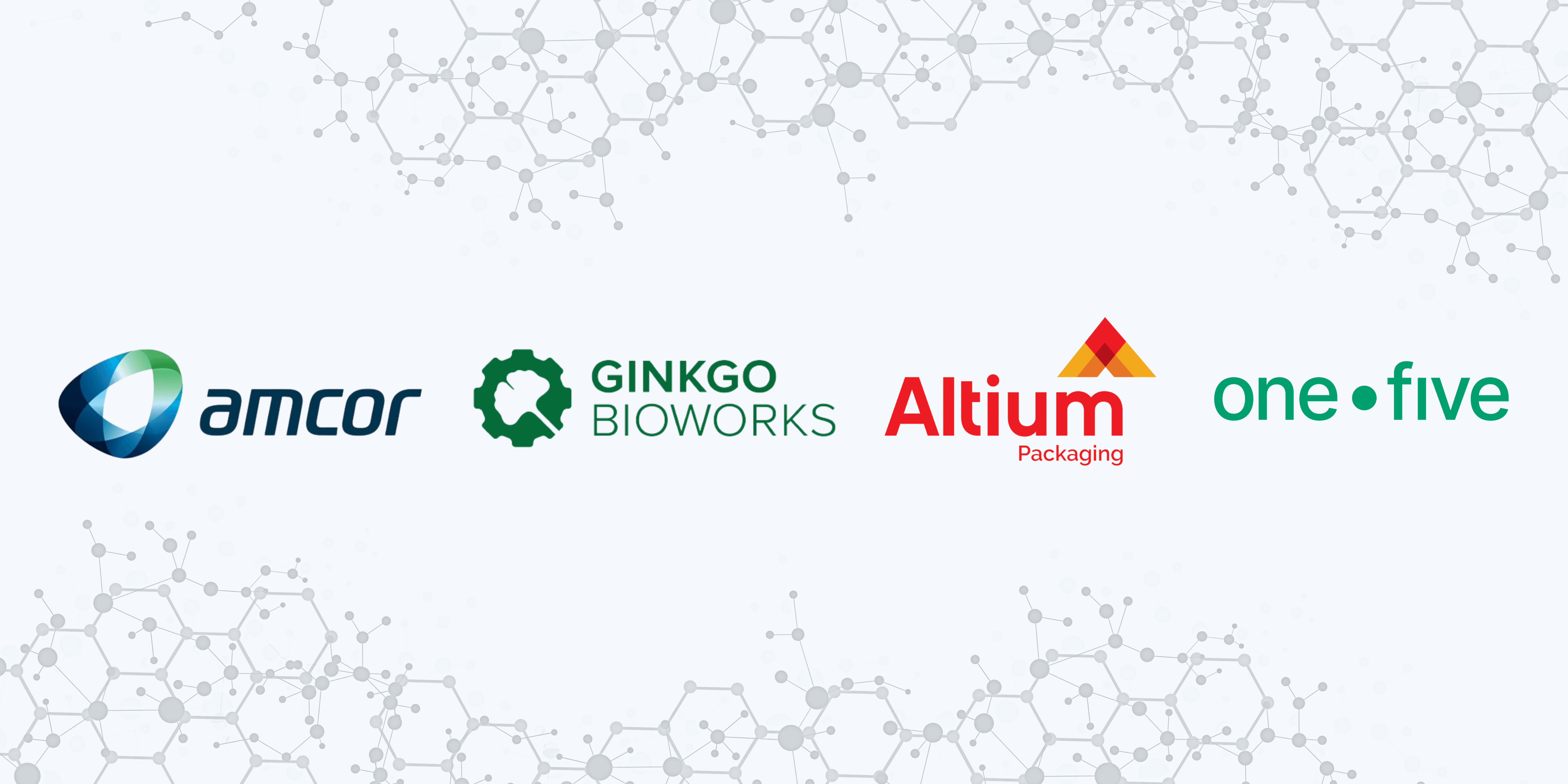In the rapidly evolving field of technology landscapes, understanding how to effectively navigate and utilize such tools is crucial for innovation in any industry.
Kevin Leland, CEO and Founder of Halo, sat down with Ashish Basuray, Chief Science Officer at PreScouter, for a fireside chat to discuss the intricacies of technology landscaping.
Missed the webinar or wish to revisit the discussion? Check out our transcription of the call below:
Kevin Leland: Thank you all for joining the fireside chat today with myself and Ashish Basuray from PreScouter. Our goal is to provide valuable information on the world of tech landscaping. To kick things off, I’m going to introduce myself and Halo for those who aren’t familiar. Halo is an AI-powered scouting platform used by R&D teams to find solutions, startups, and experts globally. We find that in our conversations with companies, they often want to understand a technology area, especially if it’s relatively new, before they are ready to find a solution. While these landscapes sound like they would be straightforward, there are still a lot of questions surrounding them. So, we invited our friends and experts over at PreScouter for a chat. It’s my pleasure to introduce Ashish Basuray, who is the Chief Science Officer at PreScouter. I’ll hand it over to you, Ashish.
Ashish Basuray: Thank you, Kevin. My name is Ashish, Chief Scientist at PreScouter. For a little background on PreScouter, we are a scientific research advisory firm. We work with Global 1,000 and Fortune 500 companies and leverage networks of PhD scientists, subject matter experts, and artificial intelligence to create business actionable intelligence that incorporates technologies and market strategy. One of our core services is technology landscaping. We’ve been doing this for almost 15 years now, so we have a pretty good handle on how to make that actionable for our clients. Once our clients understand the innovation landscape, they are empowered to work with Halo in a more meaningful way.
Once our clients understand the innovation landscape, they are empowered to work with Halo in a more meaningful way.
Ashish Basuray
Kevin Leland: So, Ashish, first off, can you tell us your definition of a tech landscape? What is your perspective on tech landscapes in general?
Ashish Basuray: A technology landscape tends to be a funnel of ideas that can move a concept to reality. The landscape looks at a variety of technologies from different factors that would be influential for the outcome. You start to whittle down concepts from a large pool of ideas to a much more manageable amount of ideas that align with the client’s strategic goals. The output of that depends on what the client is looking for.
Kevin Leland: We’ve heard a lot of other terms thrown around as well, like horizon scanning, for example. Are there other terms that are used to describe tech landscapes? Are those different things? Are they all synonyms?
Ashish Basuray: The lexicon being used around innovation landscaping is large. We’ve heard a variety of different terms used: due diligence reports, technology investigations, subject investigations, technology horizon scans, technology portfolios, IP landscapes, and more. All of these terms share the objective of accomplishing a mission using technology as the core function. Understanding how these technologies fit with various variables factors into what we would call a technology landscape.
Kevin Leland: Do you find that these tech landscapes are any materially different whether you’re talking about packaging, gene therapy, or women’s health, for example, or do they all follow the same format?
Ashish Basuray: In my mind, every single engagement, even if it’s two companies exploring the same line of plastics, is actually a very different landscape with different results. Every organization is very unique in the way that they approach R&D, innovation, project budgets, implementation, stage gating, and the way they take an idea to market. You could have two packaging companies that have completely different outputs based on the way they work internally. The landscapes are really custom to the needs of the customer. To your bigger point, the space itself does matter. If you’re looking at cell gene therapy or you’re looking at women’s health, they’re going to be very different outputs in terms of market sizing.
Kevin Leland: Gotcha. How are you using AI to generate technology landscapes and provide competitive intelligence?
Ashish Basuray: We get asked this question a lot. Artificial intelligence is a useful instrument in making ourselves more productive people. But it does not replace a human. We’ve tried using LLMs and other augmented algorithms to find 10 or 20 technologies with a very concrete list of variables, they don’t find the ones that PhD analysts and subject matter experts with decades of experience will be able to find. Part of that is because LLMs can only search some of the Internet; a lot of the Internet is behind firewalls and paywalls that are not accessible. Also, there is an interpretation problem that we sense from the artificial intelligence algorithms. We do leverage artificial intelligence in a variety of ways, including knowledge management and creating distillations of concepts. That being said, it has not come close to replacing a PhD-level scientist or a subject matter expert.
Kevin Leland: Yeah. It would be great if you could just say, “Hey GPT, write me a 20-page report about the future of bio-based materials”, but I don’t think we’re there yet. The way that Halo uses AI is a little different. We’re soliciting researchers and startups to submit solutions when these companies have their defined problems. We use AI to identify researchers that we think are most likely to have a solution. We also find that the proposals are helpful information as another input into a tech landscape.
Ashish Basuray: Right. LLMs have deficits while analyzing and summarizing data, and these are tools that your consultants can leverage as an assist but shouldn’t rely on. Analysts tend to have better quality output. Not to say that you’re not leveraging LLMs or AI for the initial scan, there’s a place for that as well. You could leverage AI to find technologies in the space to get your brain moving in the right direction, but this should be only the starting point. LLMs have huge deficits of analyzing. We’ve seen it make too many hallucinatory errors for us to rely on in a reasonable way. That being said, if you’re summarizing a corpus of text to make it more manageable, that’s probably okay for an LLM to achieve. But nothing we do is as simple as pressing a button, hitting print, and calling it a day.
Kevin Leland: Great. Another question–Sometimes companies will get a directive from a senior leader to complete a tech landscape. Once complete, it might end up sitting in a folder somewhere and can get stale quickly. What should they do?
Ashish Basuray: When we first started asking our clients what they did with the information 6 months after completing a landscape, it turns out it wasn’t a lot. That was a wake-up call for us to try and understand how to create something that can move up the management chain in an organization. When you create a technology landscape, try to create an actionability point and milestones within that action. You’re almost creating a project plan for the idea. Typically, however, next step after a technology scan is to find the CRO or the person that has the technology to help build a prototype. The next thing to do is create a business plan for the idea and then get budget approval. Working with Halo to get the right team working on the problem is the next logical step.
When you create a technology landscape, try to create an actionability point and milestones within that action… Working with Halo to get the right team working on the problem is the next logical step.”
Ashish Basuray
Kevin Leland: What are some limitations of tech landscapes? I sense that sometimes they’re seen as a panacea. What can it accomplish?
Ashish Basuray: It can’t accomplish everything. It can be a good way to create what you’re looking for in terms of a roadmap. If you’re going into it thinking you’re going to do a tech landscape to figure out what the next big thing in medicine is gonna be, and that landscape is going to have all the information to disrupt the market is an unrealistic expectation. A landscape will give you directionality on where you need to move with a technology. But understanding that it’s an iterative process is something that a lot of our clients realize after having worked with these. Then it starts to become something that they routinely do like a habit as opposed to a one-time thing.
Kevin Leland: Gotcha. Well, I think those are all of my questions. Is there anything else you wanted to add, Ashish?
Ashish Basuray: I feel like we’ve had a pretty comprehensive conversation. I really appreciate the audience members engagement.
Kevin Leland: That was a great conversation. I appreciate everyone joining. I want to thank Ashish and Prescouter again for sharing insights on tech landscapes. Thank you all so much for joining, and have a great day.








